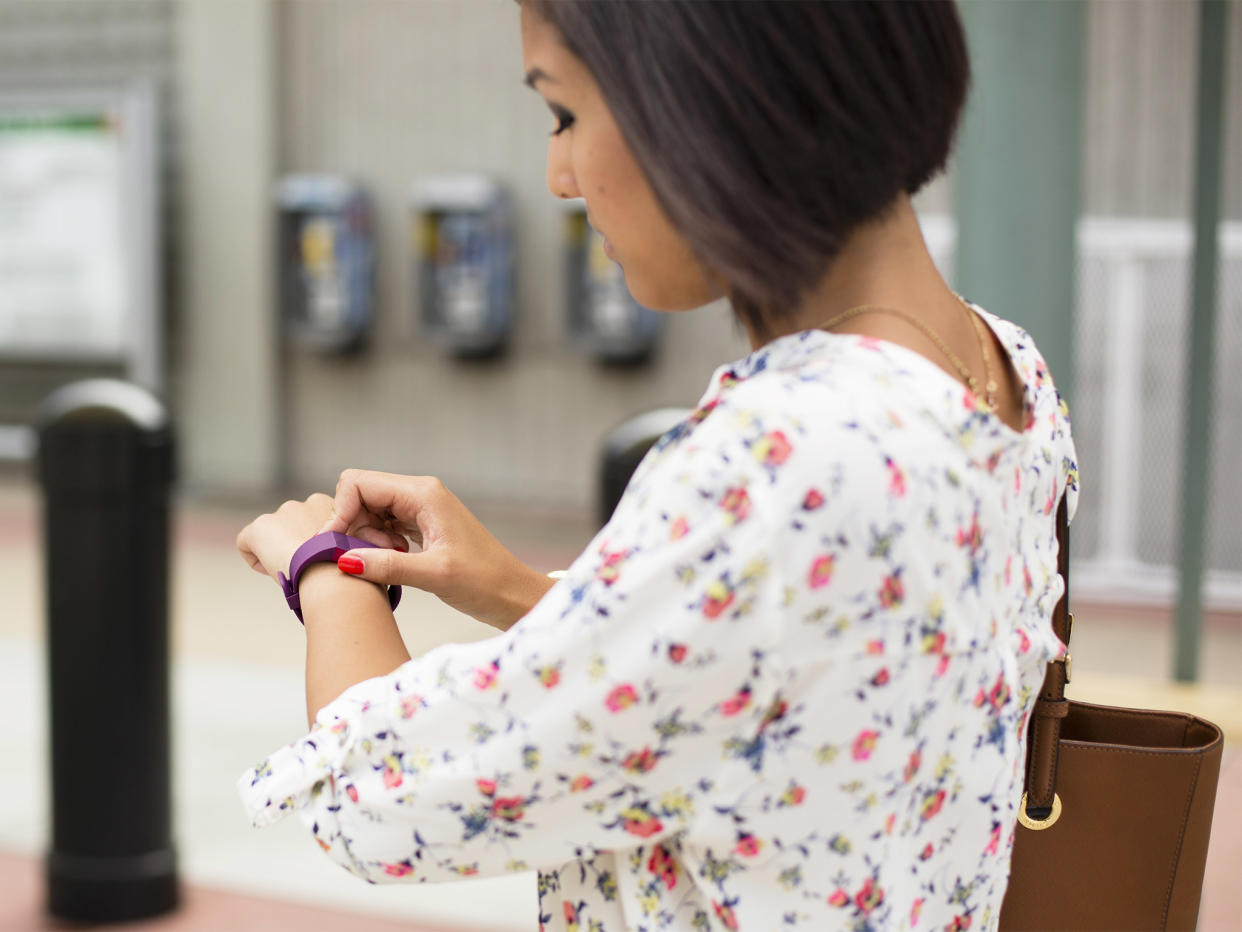It’s time to put the fitness trackers down – Silicon Valley is exploiting our fear of ageing

Another week, another modern myth has been demolished. In pursuit of the holy grail of longevity, millions of disciples have taken to – not prayer, meditation, or fasting – but pounding 10,000 steps a day. This affliction has gripped most of my friends and even I succumbed, until the expensive tracking device on my wrist fell off (on a walk, naturally) and I couldn’t find it in the forest mud.
Routinely, I meet up with addicts who finish supper, then walk home in gales and pouring rain, ending their day with another period of marching up and down stairs instead of going to bed with a calming hot drink because they need to “knock off” their daily quota. They could be reading something enriching, listening to Arvo Part or Bach, but they are busy stepping away into the midnight hours. Are we any better than guinea pigs or mice on the treadmill, reducing fitness to trundling in such a compulsive fashion?
Some days I would hit 18,000 steps, but then I didn’t have any time left for work and spent the next day frantically trying to catch up – resulting in fit legs and tense shoulders. This mania was driven by a fear of flab, of muscles atrophying, of middle-zone bulge.
Trackers are highly addictive, plus there was a continual drip of good news – they were said to be good for people in sedentary jobs, an “achievable goal” with huge mental and physical benefits. Some “experts” even campaign for fitness monitors to be issued to employees, producing “evidence” claiming that users are likely to have fewer rows at home, as they can spend 10,000 steps working off any tensions caused by work. Honestly? A fitbit or step app on my iPhone could easily wind me up, raising my blood pressure and giving me another thing to fail at.
Studies show they are an extremely limited way of measuring activity using a selection of dubious data you input yourself. Soon, I started to feel bludgeoned by the 10,000-step evangelists. Could they be wrong? Every day we are told something new must be shunned to prolong our lives; the next minute, it’s been re-evaluated and fine in moderation – like butter and full fat milk. Last week the five-fruit-and-veg-a-day regime as mandated by the Department of Health was decreed out of date and now we’ll have to force down TEN portions every 24 hours in order to stave off cancer. That’s in spite of the fact that only a quarter of us ever achieved the old target!
Working out and lifting weights are the latest controversy areas. I was enraged to read that when you reach middle age “exercise can be bad for you”, according to a top personal trainer – the same bloke who has spent years making videos and posting blogs telling people my age to lift weights and do squats several times a week, if not daily (both bad for your knees) while making a fortune in the process.
Worse, researchers in the US have found that men who spend too long in the gym might have a buff body but they are too tired for sex! Now, the 10,000-step movement has hit the buffers. At the prestigious annual get together for the American Association for the Advancement of Science in Boston this week, delegates were told that the philosophy was based on just ONE study in Japan, in 1960! Why 10,000? Because that’s a number that’s easy to programme into apps, and one scientist even said “this field [measuring fitness by using apps] is in its infancy and can be likened to the snake oil salesmen of the 1860s …there is every likelihood that apps will be useful in managing all sorts of ailments … but the designing and testing stages seem to be missed out in the race for profits.”
Another specialist wrote in the British Medical Journal that a GP would not recommend 10,000 daily steps for most people. Last year, another survey showed that people wearing fitness trackers lost less weight than those using other methods. So there you have it. Chuck your wristbands in the bin, take the dog for a walk and just enjoy the wind on your face, instead of spending every ten minutes checking up on your progress on your phone.
I have already stated I aim to live to be 100, and my goal won’t be achieved by staring at a phone or wristband. It’s about time we measured our daily life in terms of quality, not technical data on a gadget created in Silicon Valley.

 Yahoo News
Yahoo News 
